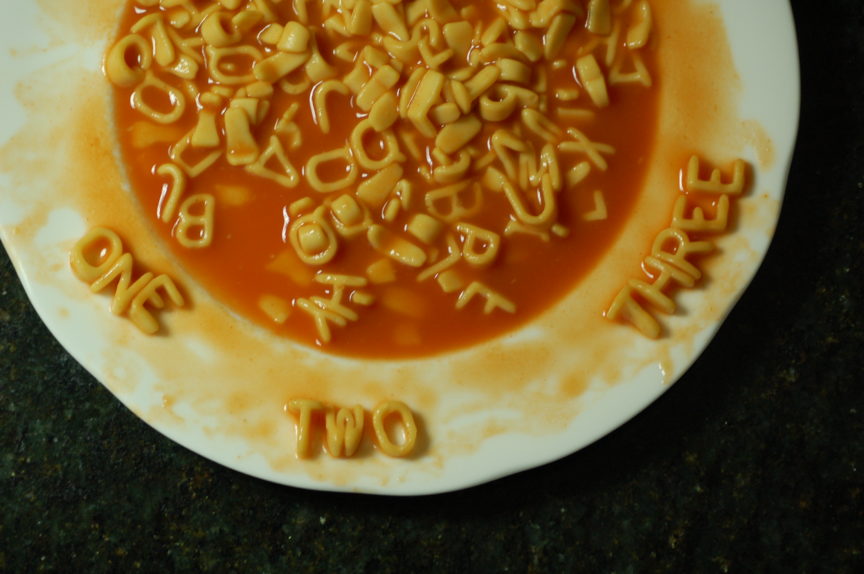You can count carbs using a variety of methods
1. Reading nutritional labels or carbohydrate reference lists/tables
Nutritional labels and carbohydrate reference lists/tables usually present information per 100g or per 100ml of a product as well as per quantified serving. Ensure that you are working out the amount of carbohydrate from the “total carbohydrate” value rather than the “of which sugars” value.
2. Weighing food/drink using food scales
You can use food scales to weigh your food/drink portion and use nutritional labels or food reference lists to gather the information per 100g of food/drink. You can then work out the grams of carbohydrate or CP’s in the specific portion size you are about to eat. With practice, you can quickly get familiar with the amount of carbohydrate in the food portion sizes you usually eat; you can even keep a diary with your favourite foods, as a reference!
3. Using handy household measures such as cups and spoons
Several handy measures such as spoonfuls, cupfuls or bowlfuls can be used to estimate the carbohydrate content of meals of varying portion sizes. For example, one tablespoon of cooked white rice contains 10g carbohydrate or 1 CP. This method is useful both when eating at home and out, but it requires practice. You can keep a diary with information on household measures as a reference!
4. Visual estimation using food photograph reference books and apps
Food photograph resources, such as the Carbs & Cals book and smartphone app can be used to estimate the carbohydrate content of food/drink. These tools contain a wide selection of food and drink items of up to six portion sizes and display the weight, carbohydrate and calorie content of each food portion. What you have to do is to find your meal, drink or snack in the book or app, choose the portion photograph that best matches your own portion and the carbohydrate value is clearly displayed above each photo. If your meal consists of more than one carbohydrate-containing food/drink, simply find each component in the book and then add them up separately to get the total carbohydrate content of your meal. Used regularly, the food and drink photographs may help to train your eye, thus making carbohydrate counting easy and accessible at any time.
Food features and recipes like this appear in the Desang Diabetes Magazine, our free-to-receive digital journal. We cover diabetes news, diabetes ‘kit’ and information on food suitable for maintaining good blood glucose control or a diabetic diet, including a regular Making Carbs Count column. It’s free! Go to the top of this page to sign up – we just need your email address. See current and past issues at
www.desang-magazine.co.uk
Open publication

